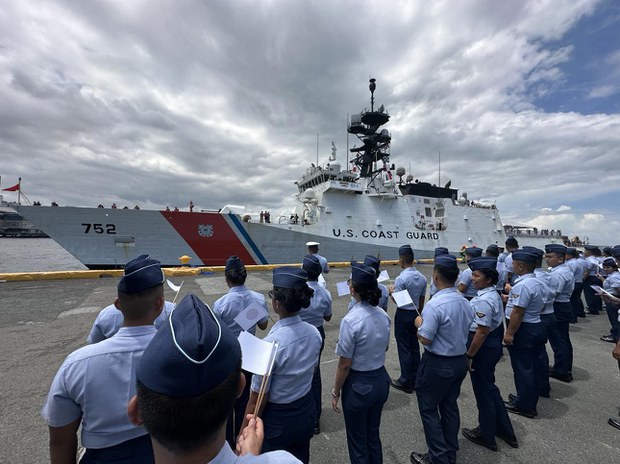The U.S., Japan, and Australia held a trilateral naval exercise amid rising South China Sea tensions, demonstrating their commitment to regional peace and security. This week’s drill is a turning point in Indo-Pacific strategy.

Trilateral Naval Exercise Strengthens Regional Security in South China Sea (Photo from: Radio Free Asia)
Trilateral Naval Exercise Bolsters Strategic Partnerships
The U.S. Navy, JMSDF, and RAN conducted South China Sea drills amid rising geopolitical tensions. The combined trilateral exercise emphasizes strategic collaborations to address regional security issues.
The trilateral exercise, featuring the Arleigh Burke-class guided-missile destroyer USS John Finn, Littoral Combat Ship USS Gabrielle Giffords, JMSDF destroyer JS Sazanami, and RAN frigate HMAS Warramunga, aimed to enhance tactical capabilities and promote interoperability among the participating navies.
Through this collaborative effort, the U.S., Japan, and Australia reaffirm their commitment to upholding a rules-based order and preserving freedom of navigation in the South China Sea.
READ ALSO: Joint Naval Exercise: Iran, Russia, And China Unite Amid Escalating Tensions
Strengthening Maritime Security and Cooperation
The engagement underscores the collective resolve of the participating nations to address maritime security challenges through cooperative measures. As the global strategic landscape evolves, fostering robust maritime cooperation remains imperative in safeguarding shared interests and promoting regional stability.
The trilateral naval exercise is a testament to the enduring bonds of partnership and cooperation among the United States, Japan, and Australia. By conducting joint drills and enhancing interoperability, the participating navies demonstrate their preparedness to respond effectively to evolving security threats in the Indo-Pacific region.
READ ALSO: China Proposes International Conference For Gaza Peace Amid US-Israel War Stance















































